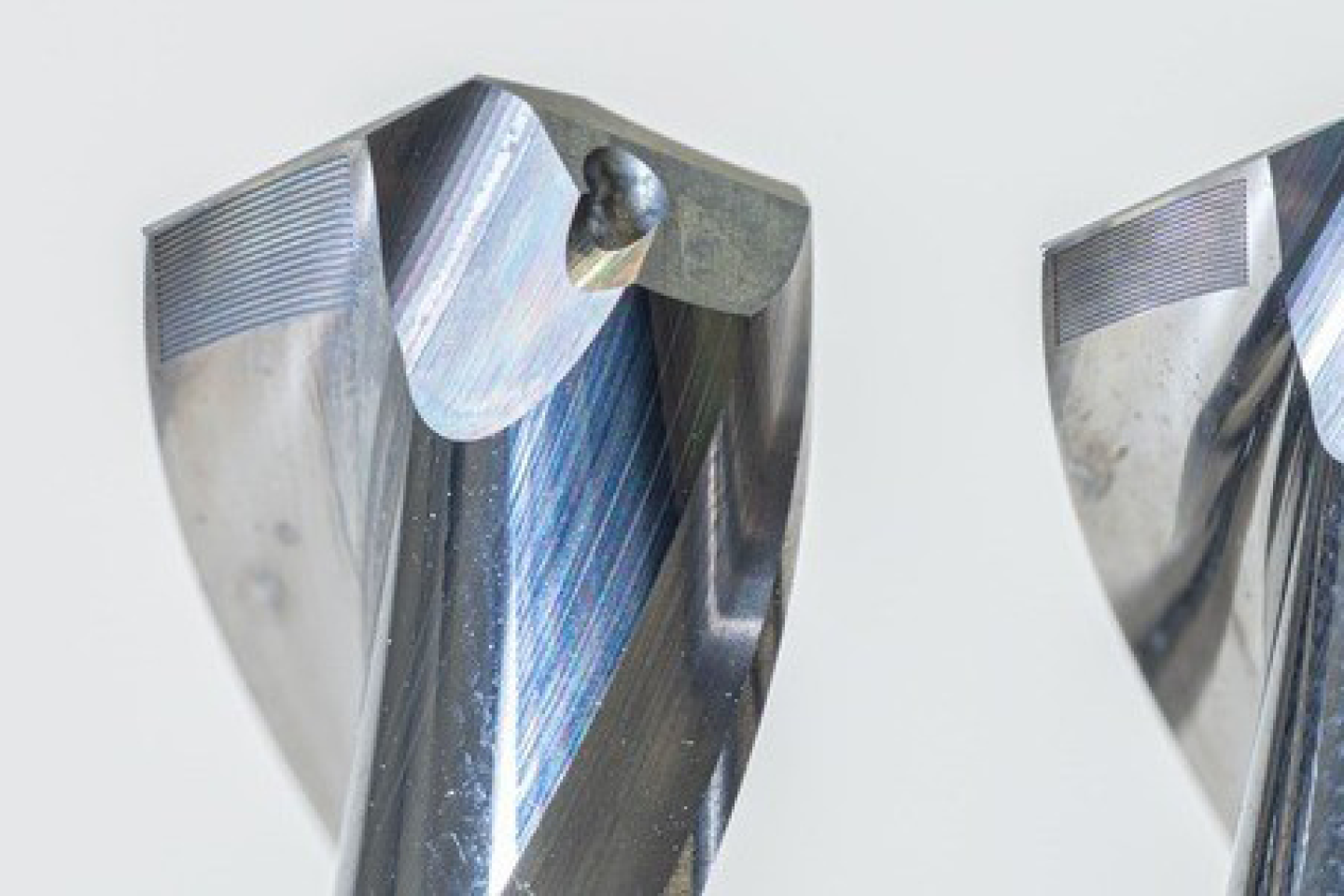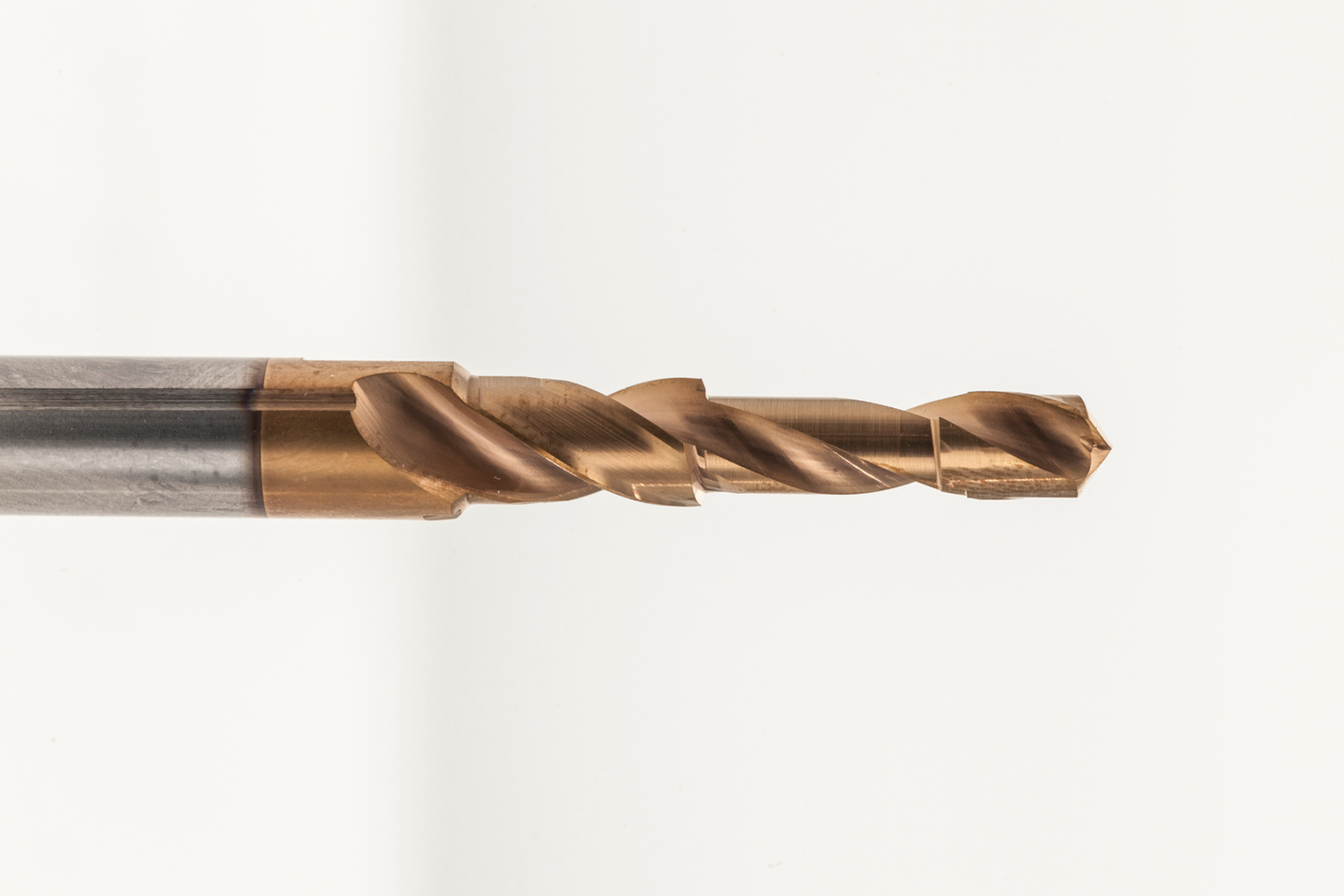
Optimization of cutting tools

Cutting tools are crucial to the precise machining of materials, making a major contribution to efficiency and quality in the manufacturing process.
As a renowned research unit, we offer specialized expertise in the optimization of cutting tools. This expertise enables us to develop customized solutions that target specific challenges in the cutting process. By adapting the tool geometries, from the macrogeometry to the microgeometry, we boost productivity and increase tool service life.
Case study: Influence of laser-induced microstructures on drilling tools
A research project investigated the use of laser-applied microstructures on the cutting face of drilling tools for machining aluminum. The results showed that microstructures can have a reducing effect on the adhesion behavior and the contact area between the chip and cutting face. The structured drilling tool enabled service life to be significantly increased and machining quality to be improved in comparison with a reference tool.
Case study: Tool optimization for titanium/CFRP stack machining
Drilling titanium/CFRP composites poses major challenges for the drilling tools used, due to the different properties of the two materials. The EasyDrill project therefore aimed to develop a new type of three-stage drilling process. The first step is to drill a pilot hole, then drill the titanium. The tool chuck then moves into an eccentric position. This allows the tool to drill into the CFRP layer in a backward stroke in alignment with the power flow. One crucial advantage of the new drilling process is the fact that damage to the CFRP could be significantly reduced.
Case study: Optimization of milling tools for machining aluminum
Aluminum alloys are usually cut with the use of conventional flood lubrication, which involves the use of considerable resources and energy. The “BionicTools” research project therefore developed bionic and functionally structured milling tools that enable efficient machining of aluminum using the minimum quantity lubrication technique.

